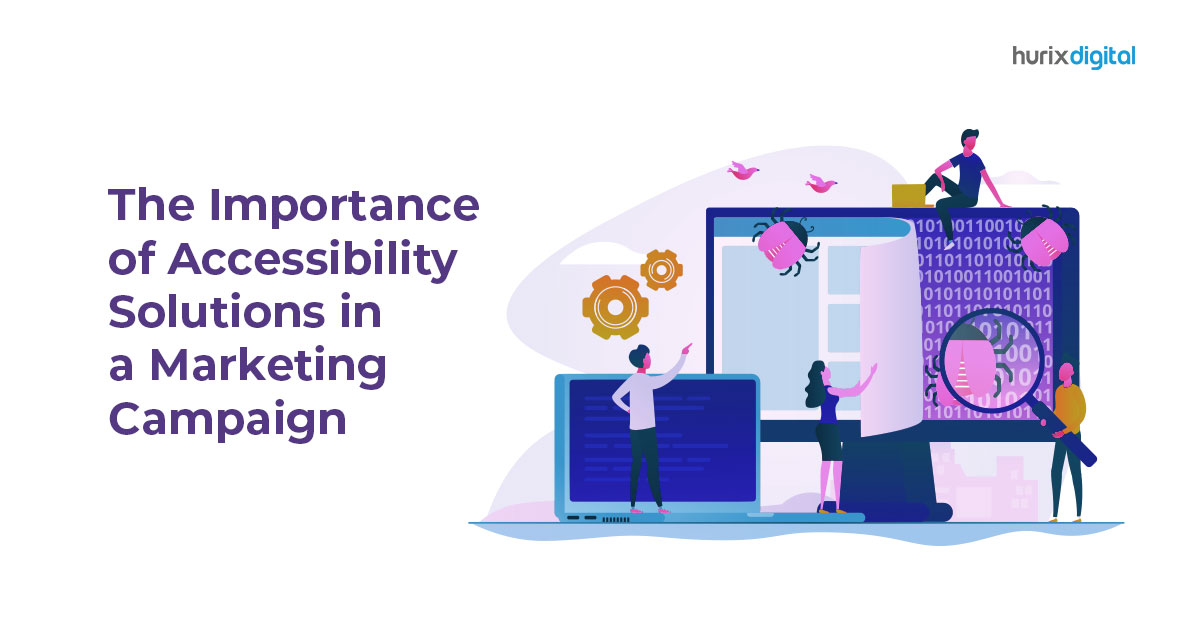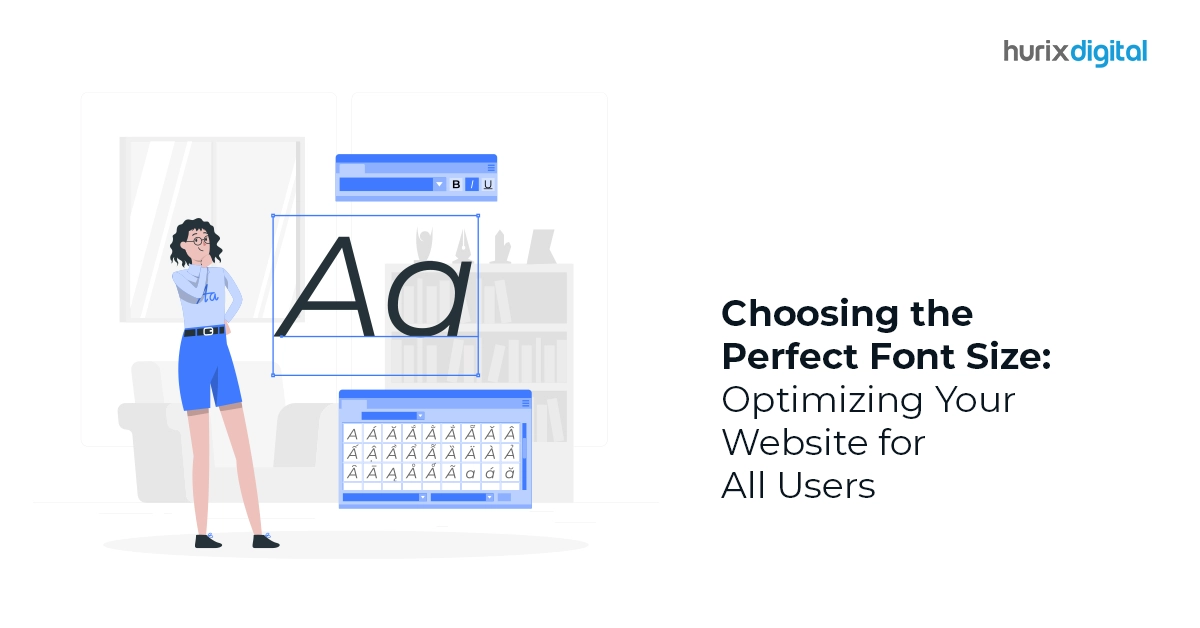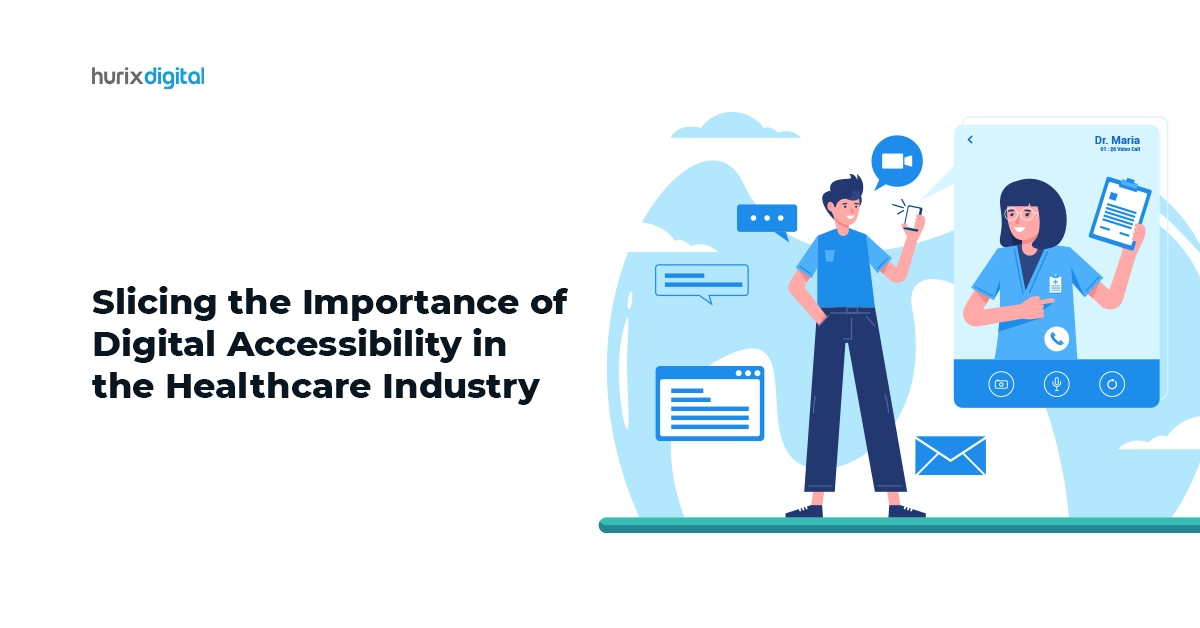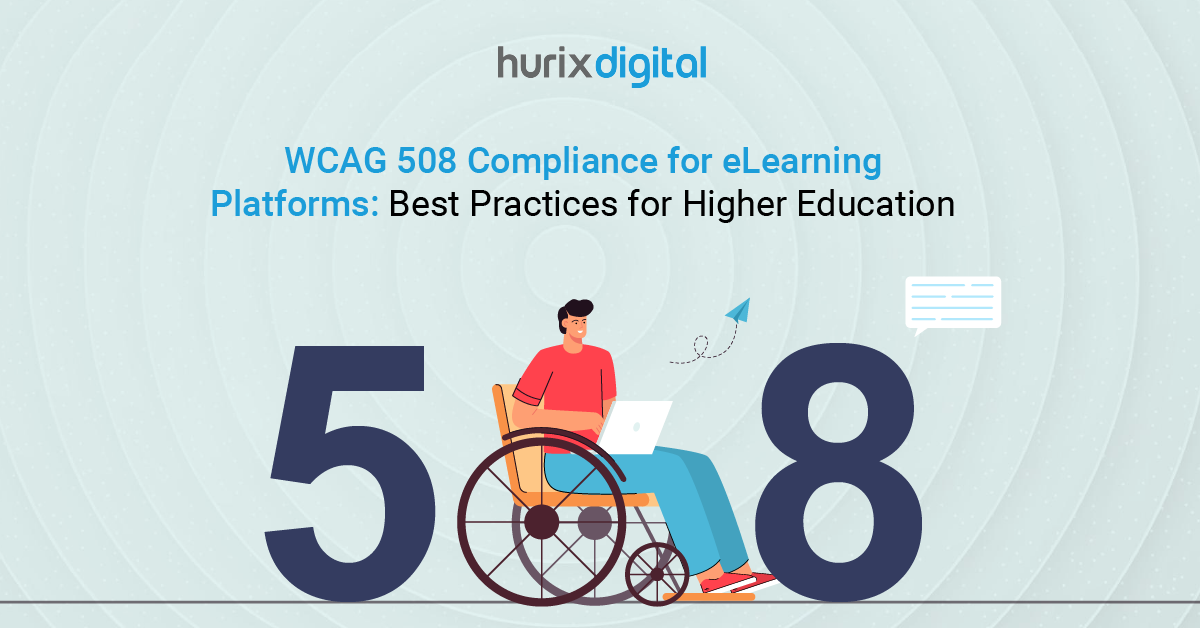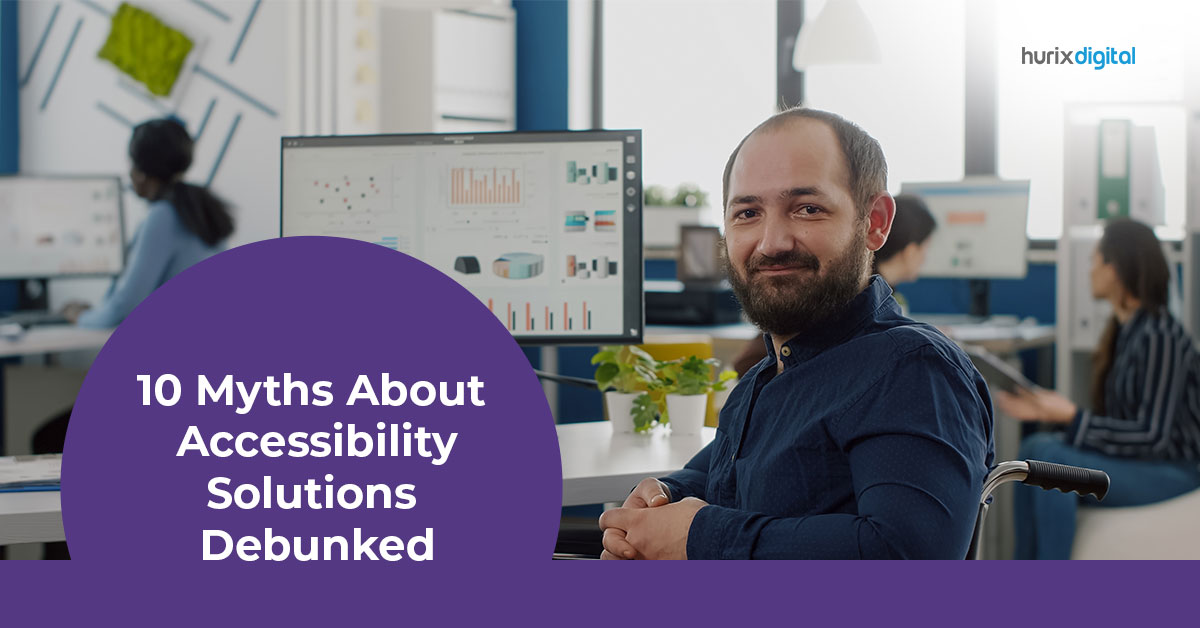
10 Myths About Accessibility Solutions Debunked
Summary
This blog discusses digital accessibility solutions, dispelling common myths like only benefiting people with disabilities or being expensive. It explains how these solutions expand audience reach, improve SEO, and boost revenues. The post aims to show businesses why investing in accessibility is advantageous.
As of January 2023, the world had 5.16 billion internet users, i.e., 64.4 percent of the global population. Global internet usage is continuously growing. However, not all demographics can access the internet. This is due to the limitations posed by technology and a mix of social-economic factors.
For instance, the lack of digital accessibility prevents people with disabilities from using digital products and services on an equal footing. This is where the use of accessibility solutions can help businesses tailor their products to be inclusive and accessible to a larger demographic.
Yet, despite the impact of digital accessibility solutions, several myths have emerged which discourage businesses from using them. In this blog, we explain what accessibility solutions are and why they matter. We also dispel ten common myths around them.
Table of Contents:
- Why Accessibility Solutions Are Good for Business
- 10 Myths About Accessibility Solutions
- They Primarily Support People with Disabilities
- Only a Small Audience Benefits
- It’s About Adding Alt Text to Images
- Following Web Content Accessibility Guidelines (WCAG) Is Enough
- Accessibility Solutions Need to Be Developed from Scratch
- Accessibility Solutions Are Expensive
- They Interfere with The Functionality
- They Bring Down the Design Aesthetics
- They Are Time-Consuming to Execute
- They Have No Impact on Revenue or SEO
- In Conclusion
Why Accessibility Solutions Are Good for Business
Digital accessibility is a process of enabling digital products and services to become accessible to all users, irrespective of their challenges and limitations.
Today, a spectrum of tools and technologies are available to empower businesses to make their offering accessible to all. They are built by accessibility professionals who are experts in their domain.
Investing in digital accessibility enables businesses to tap new audiences, capture a larger market share, and increase revenues.
However, lack of knowledge has perpetuated several myths around accessibility solutions, thus limiting businesses from embracing them. We unravel the truth around them.
10 Myths About Accessibility Solutions
Here is a snapshot of digital accessibility myths which prevent businesses from upgrading their policies to be inclusive and accessible to all.
1. They Primarily Support People with Disabilities
Many businesses believe that accessibility solutions primarily enable businesses to serve people with disabilities.
However, this is untrue. Language can also prove to be a barrier. Speakers of various regional and national languages are unable to access the content because it may be only available in English and a few other languages.
Accessibility solutions step in to help businesses cater to a wide range of audiences, which all have unique needs. They help businesses reach and engage with new audiences.
2. Only a Small Audience Benefits
There is a common perception that accessibility solutions address only a limited audience. However, the numbers are staggering.
For instance, the world is estimated to have 1.3 billion people with disabilities, representing 16% of the world’s population. Of the 8 billion people living on the earth, it is estimated that only 1.5 billion speak English. 1.1 billion speak Chinese, followed by Hindi speakers at 602 million.
Urdu speakers feature in 10th place with 231.3 million.
Accessibility solutions are designed to enable businesses to publish content in all these languages, thus instantly increasing reach.
3. It’s About Adding Alt Text to Images
Accessibility solutions are often associated with one of the most notable accessibility features of most websites. This comprises the ability to add all text images, which enables users with a visual limitation to understand what is visualized in the image.
However, digital accessibility spans many features, enabling businesses to get creative in product and service design.
Also Read: A Beginner’s Guide to Creating Effective Alt Text for Images
4. Following Web Content Accessibility Guidelines (WCAG) Is Enough
Section 508 of the Rehabilitation Act requires that all online platforms run by federal bodies or those receiving federal funding must offer access to all users.
However, if businesses aim to build a competitive edge and become market leaders, it is no longer enough to merely comply through a basic web accessibility solution. They must offer superior products for all users.
A shift in mindsets and policies around the usage of technology tools can fuel this transformation.
5. Accessibility Solutions Need to Be Developed from Scratch
This is far from true. Companies do not need to build their accessibility solutions. Several innovative technology companies have already built state-of-the-art tools.
These can either be used in the current form or customized to serve specific outcomes.
6. Accessibility Solutions Are Expensive
This is also far from true.
Accessibility solutions are competitively priced. Another unique aspect is that many solutions have inbuilt accessibility features.
Hence companies do not need to use separate software that enables accessibility.
7. They Interfere with The Functionality
This myth may have emerged from some of the earlier web accessibility toolbars, which only work on specific browsers or software programs.
On the contrary, the best accessibility solutions do not interfere with functionality. They enhance functionality to build a superior product.
8. They Bring Down the Design Aesthetics
The look and feel of any product, whether used by an audience with a specific limitation or challenges, need to be aesthetically appealing.
Hence, holistic accessibility solutions uplift the design of a product or service. Not diminish it.
Also Read: 4 Benefits of Accessibility Consulting Services
9. They Are Time-Consuming to Execute
This is far from true. The best accessibility solutions expedite the time in which you can build a product. They enable businesses to scale and produce products and services efficiently and on time.
Hence, this is a core advantage of leveraging accessibility solutions.
10. They Have No Impact on Revenue or SEO
When a company can capture a larger market share and reach new audiences, it leads to higher traffic and conversions.
Another important aspect to be noted is that digital accessibility enables businesses to improve their Search Engine Optimization (SEO) without investing additional resources.
The software is designed to trigger superior SEO results. Hence accessibility solutions must not be seen as a cost but as an investment in business growth.
In Conclusion
There is a growing demand for accessibility solutions across a spectrum of businesses – from financial services and travel to content creation, medical services, and education.
The digital accessibility solutions market was estimated to be valued at $484.70 million in 2020. It is growing at a compound annual growth rate of 5.99% and is estimated to reach a market size of $ 769.50 million by 2028.
Tools such as digital publishing tools, for instance, enable publishers and other businesses that produce content to make it completely accessible to all audiences. This cutting-edge software allows businesses to create, publish and distribute content that is accessible to all through a simplified process.
By doing so, businesses can upgrade existing content to make it accessible. They can also scale up their content production and make accessibility a cornerstone of their brand.
If your business wants to build accessible content, Hurix Digital will support you. Contact us and benefit from the best corporate learning solutions.

Vice President – Digital Content Transformation. He is PMP, CSM, and CPACC certified and has 20+ years of experience in Project Management, Delivery Management, and managing the Offshore Development Centre (ODC).
